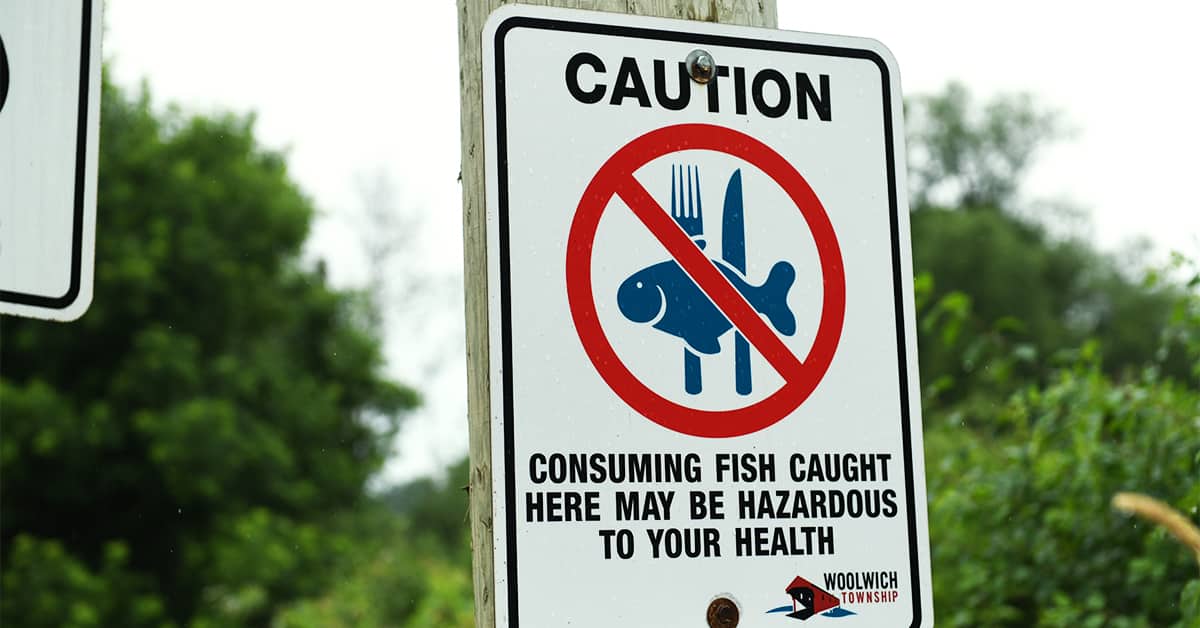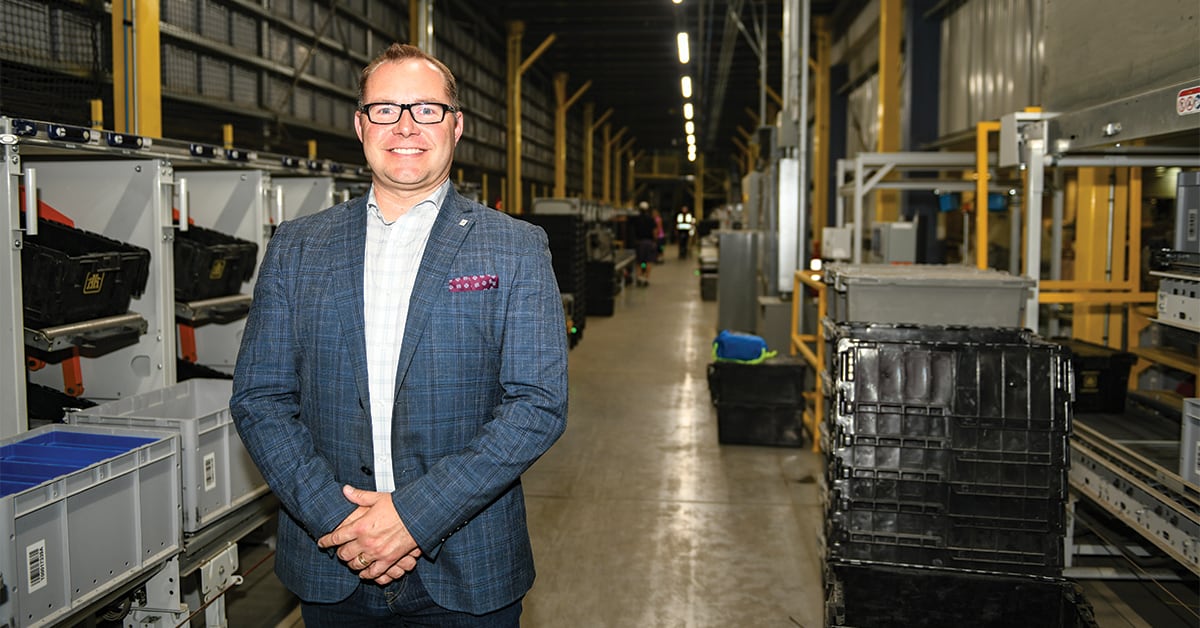Despite Waterloo Region being in the midst of yet another COVID-19 wave, there will be no new mask mandate, indicates the region’s top doctor.
“I think what we have to do is take a look at the context that we’re currently in. Because of the level of immunity that has built up over time, because we continue to have vaccines that are effective and have more and better treatments, Ontario, like every other province, has lifted the measures that they have put in place that impact the society at large. … In places like hospitals and long-term care there continue to be more stringent measures than there are for the general population,” said medical officer of health Dr. Hsiu-Li Wang.
As the region follows the provincial lead, Wang will not be recommending a return to the state of emergency that was lifted in May.
“I would continue to try to recommend measures that are commensurate with the level of risk that we’re seeing overall. The original measures were really aimed at the general population and the emergency declaration was lifted later, but it was just a declaration. The actual measures such as the regional mask mandate, and other measures, we really didn’t have any other measures because the other ones were provincial,” she said.
As of July 15 the region had 46 patients in hospital with COVID-19, up from 15 on July 1. Active cases increased to 297 from 27 on July 8, while outbreaks increased by eight to 23 in that same timeframe. That includes 13 in long-term care or retirement homes, and three in hospitals. There were two more deaths reported earlier this week, bringing the total to 431 since the pandemic began.
The province last month switched to weekly rather than daily updates of pandemic-related numbers, with the most recent update on July 9 showing a seven-day rolling average of 1,196 cases across Ontario.
According to provincial chief medical officer Dr. Kieran Moore, however, the actual number of active cases is likely a lot higher.
“Our PCR testing is not representative of the true actual count. I think you could use a multiplier of three or four times the actual case count,” Moore said at a media briefing last week, his first since April 11.
“We have 1,500 today, we could anticipate at least 5,000 Ontarians carrying the virus today,” he said.
While Moore acknowledge that Ontario is in the midst of its seventh wave, the province is experiencing a slower trajectory compared to previous waves.
“We expect to see the peak of this activity in the next two weeks. Our ability to keep this wave in check is in large part [because of the high] vaccination rates and the availability of effective treatments and therapeutics,” he said.
Moore’s briefing was followed two days later by the opening of second boosters shots to all Ontarians aged 18-59.
While Moore encouraged the most vulnerable people in the province to get another booster, he said it is more of a personal choice for healthy individuals.
“For the general healthy individual … at this point if they’ve had their two-dose initial primer and a first booster, we know your level of protection is going to be very good in the next several months. And I would advise that it’s not absolutely necessary at this point in that you can wait for the all booster dose at that point,” Moore said.
That fall booster will likely be specifically targeted to the Omicron variant, though which subvariant remains an unknown, he added.
Wang acknowledged the change in messaging regarding the choice to get another booster dose.
“Before we used to say ‘you’re eligible for this, and automatically we also recommend that you get this’ but as time goes on, we learn more about COVID and the vaccines, how the vaccine responds to new variants and what we’re seeing is that the waning of the protectiveness, it’s not equal amongst everyone,” she said.
“Those that are older or have underlying health conditions or both are more susceptible not only to more severe outcomes, but they’re also more susceptible to this waning of immunity over time. And so that’s why it is open to everyone 18-plus to get their second booster, and I would like everyone to consider getting their second booster but it is really highly recommended for those that are older or immunocompromised to get all boosters that are out there and recommended for them,” she added.
As of last week, 9.1 per cent of region residents have received a second booster. While the rollout is currently taking place in pharmacies and clinics across the region, the mobile vaccine bus will return again soon, Wang said.









